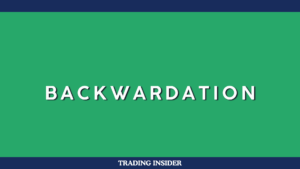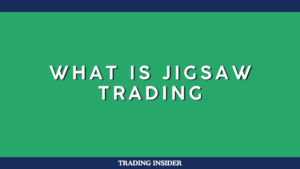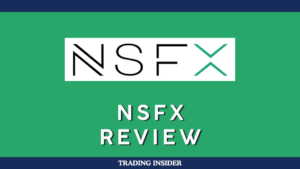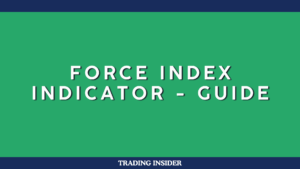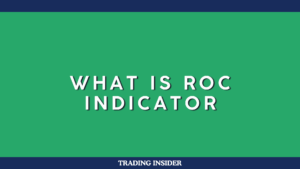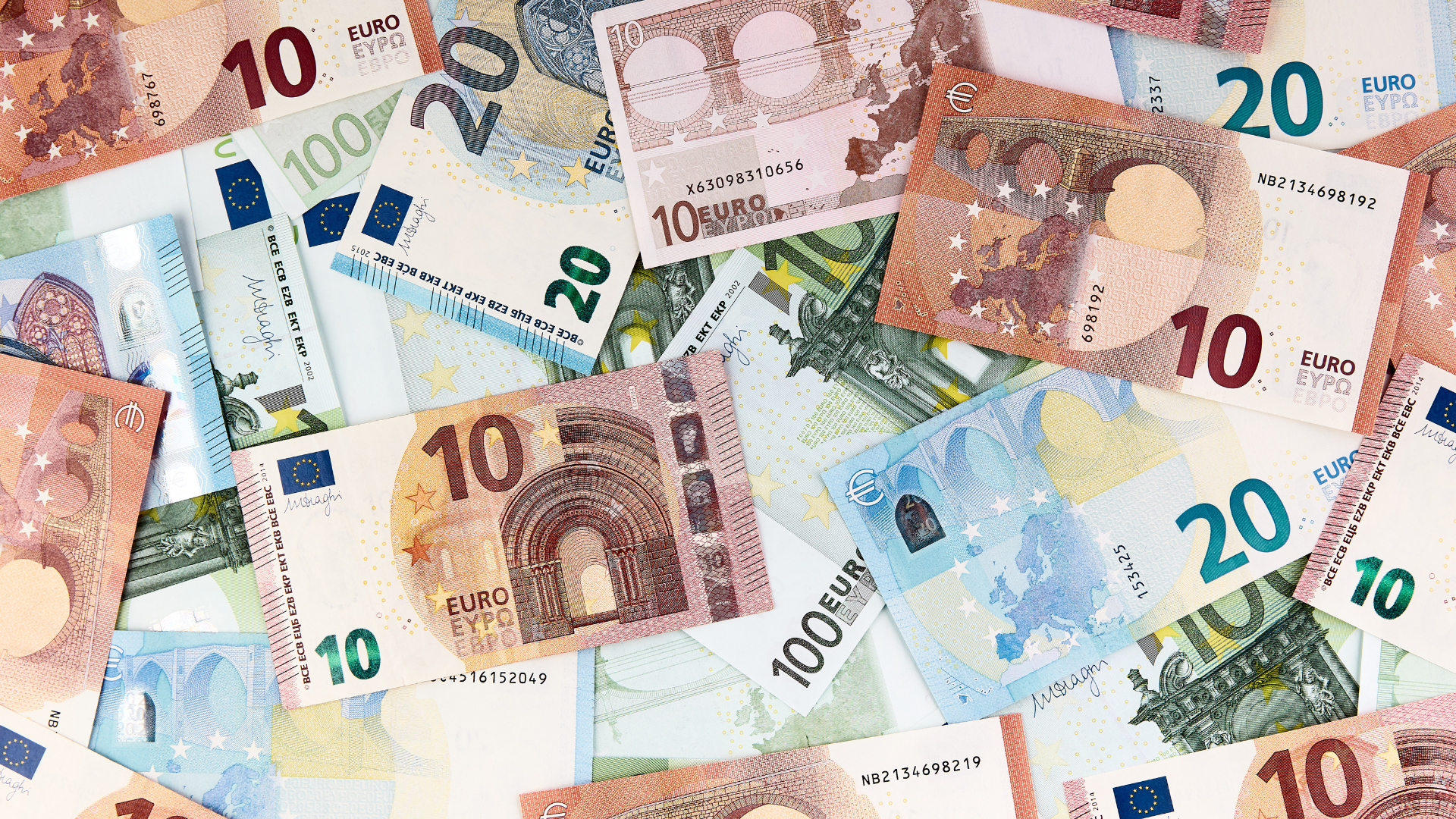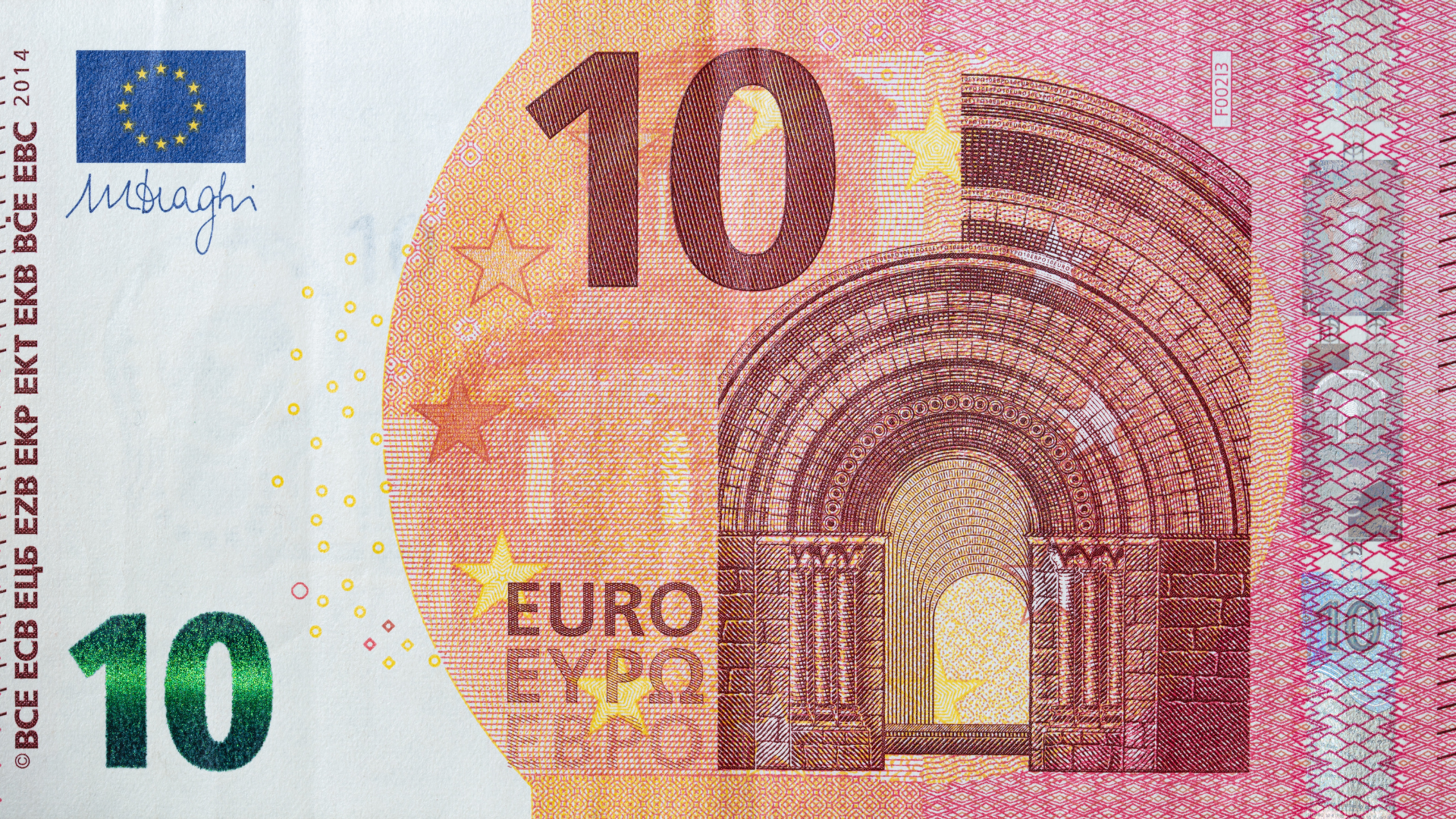The EUR/USD pair declined for a third consecutive session, weighed down by renewed tariff concerns that have dampened investor sentiment. The euro struggled against the dollar as fears of potential trade restrictions between the U.S. and the Eurozone resurfaced, leading to a cautious outlook among traders. The greenback remained firm, benefiting from its safe-haven appeal as investors assessed the broader economic implications.
Market participants closely monitored developments regarding potential U.S. tariffs on European goods, which could further strain economic ties and disrupt trade flows. Concerns over additional trade barriers have added pressure on the euro, which was already facing headwinds from weaker economic data in the Eurozone. Investors remain wary of escalating trade tensions that could impact global growth and currency movements.
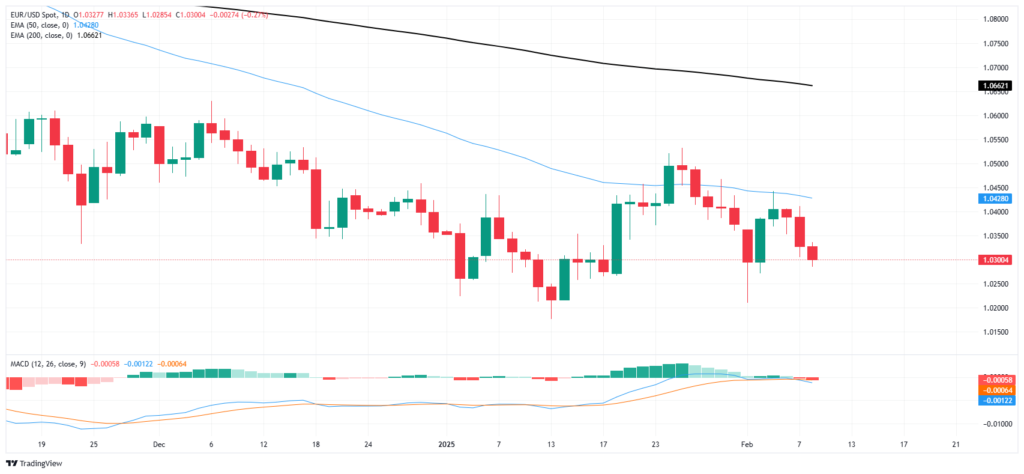
The dollar’s strength was also supported by resilient U.S. economic data, which reinforced expectations that the Federal Reserve would maintain its current policy stance. Solid labor market figures and persistent consumer demand have kept the dollar in favor, contrasting with the euro’s struggles amid uneven growth in the Eurozone. The divergence in economic performance between the two regions has heightened bearish sentiment toward the euro.
Despite the euro’s recent weakness, traders remain attentive to upcoming economic releases that could influence monetary policy expectations on both sides of the Atlantic. Any shift in the Fed’s stance or signs of economic stabilization in Europe could offer relief to the EUR/USD pair. However, the ongoing uncertainty surrounding trade policies continues to overshadow short-term movements in the forex market.
Technical indicators suggest that EUR/USD remains under pressure, with key support levels being tested as the dollar maintains its dominance. If downside momentum persists, further losses could push the pair toward new lows, reinforcing the bearish outlook. On the upside, any signs of easing trade tensions or softer U.S. data could provide a temporary rebound for the euro.
For now, the euro remains vulnerable as tariff concerns and economic uncertainty weigh on market sentiment. Traders are likely to remain cautious, with geopolitical and economic developments driving volatility in the currency markets.


